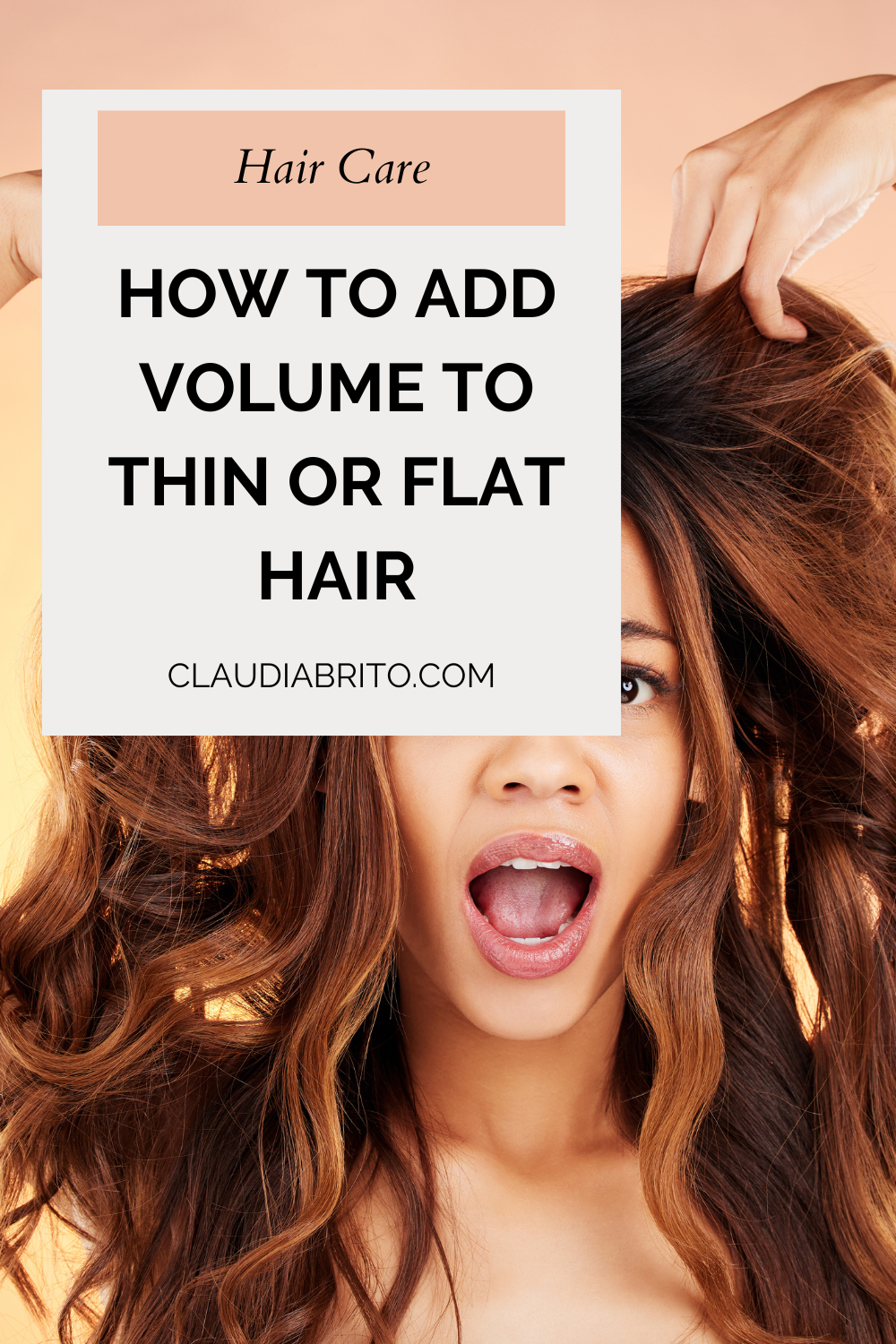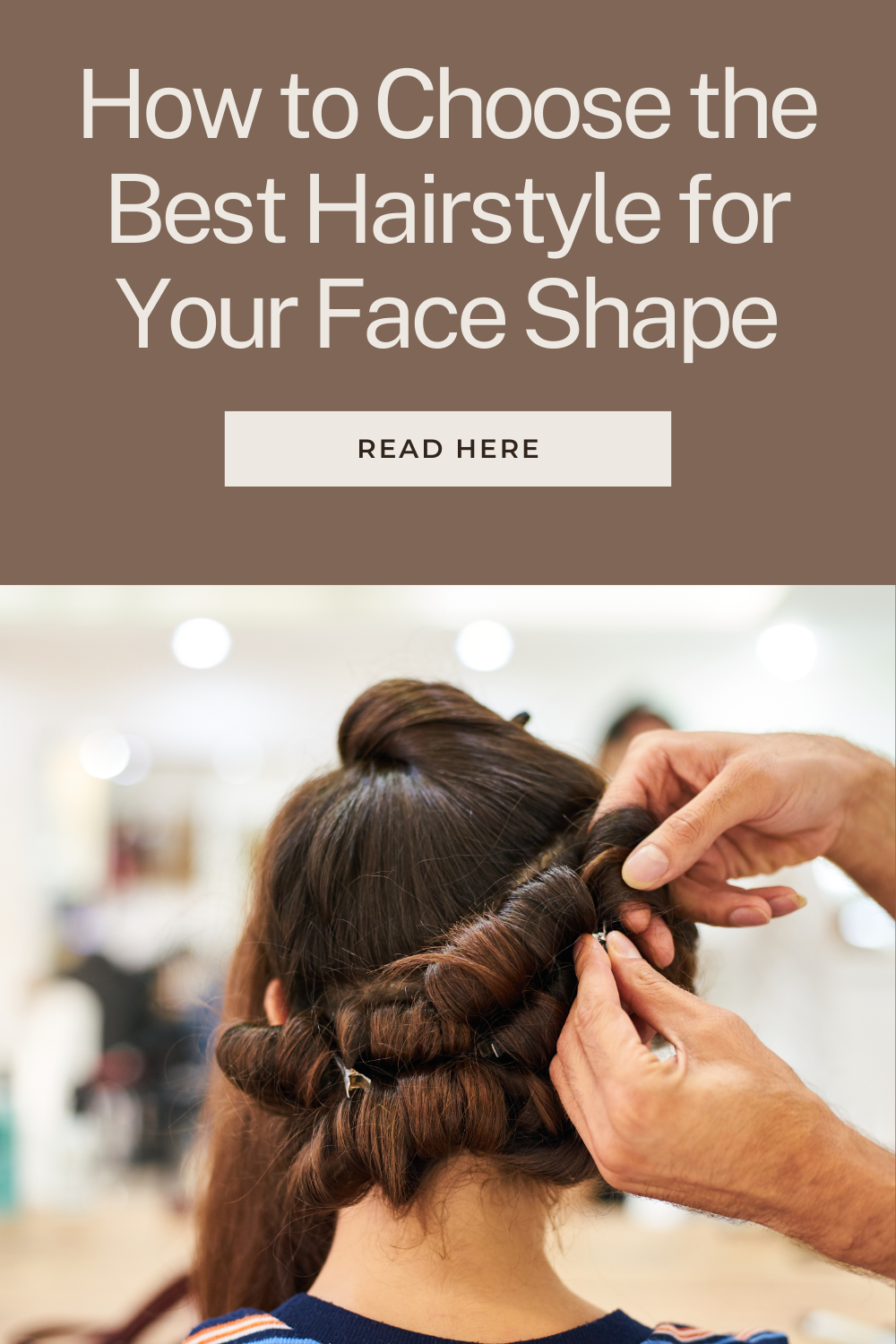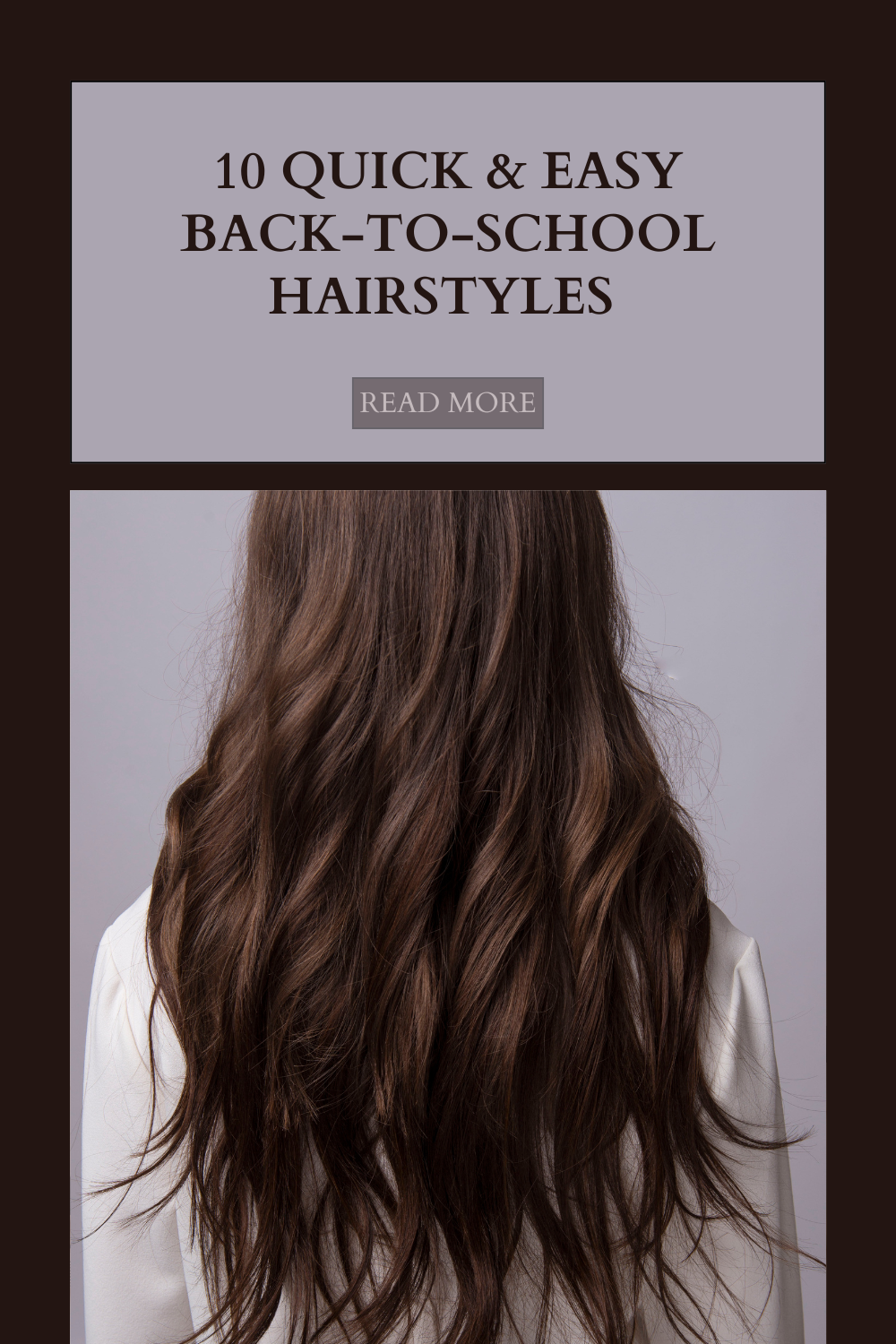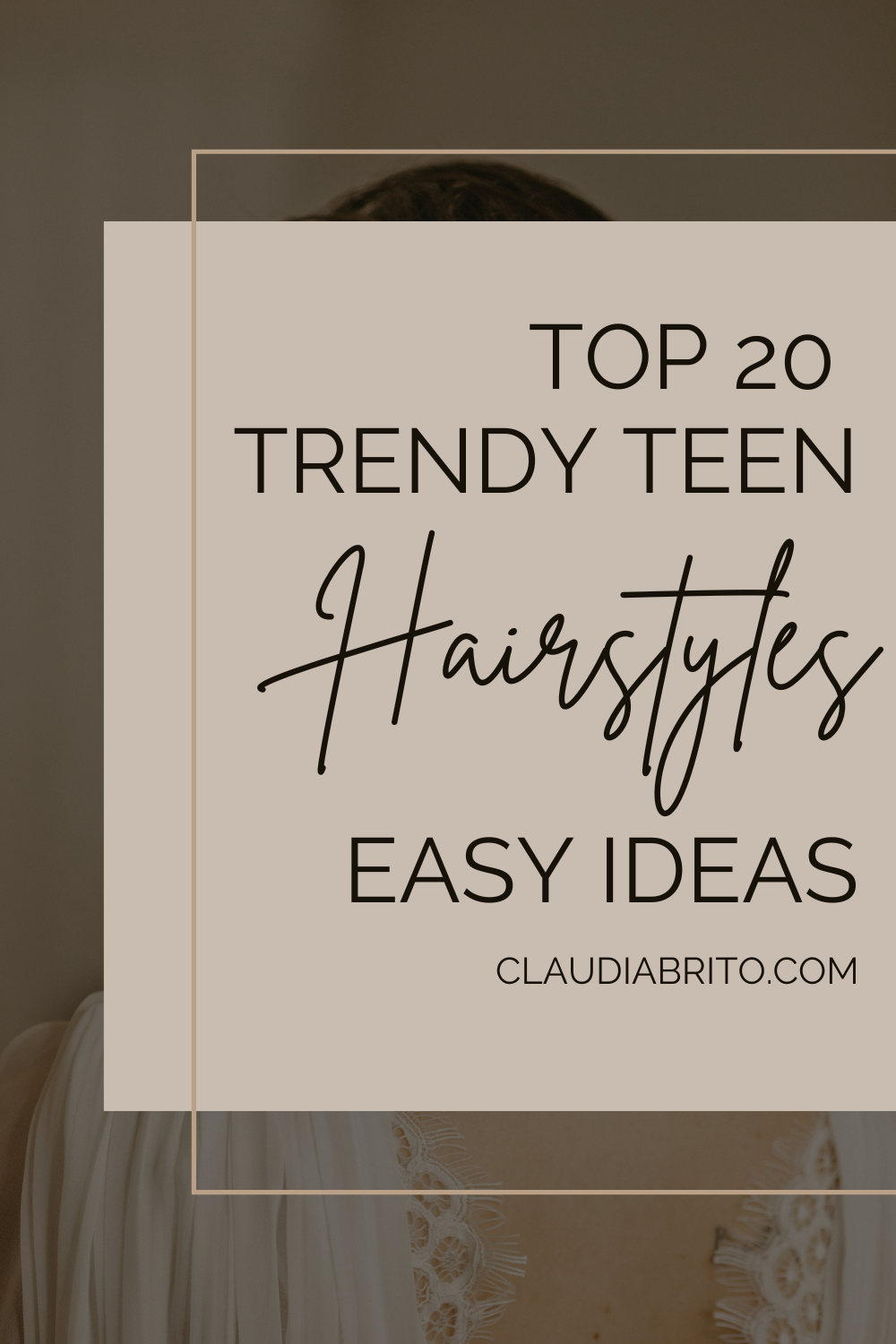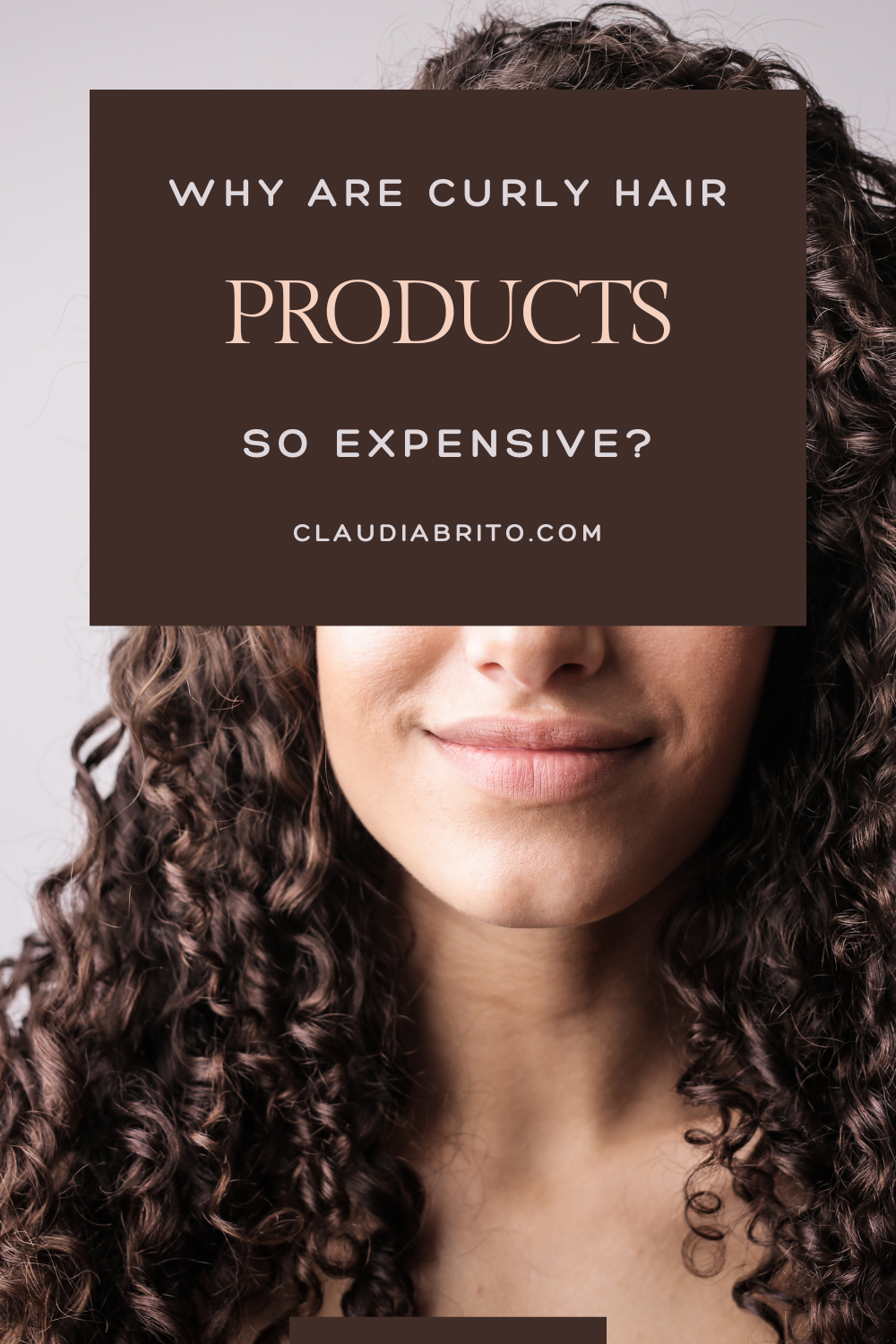Maintaining natural hair can be a rewarding yet challenging journey. One of the primary concerns for those with natural hair is preventing breakage and damage. With the right care and practices, you can keep your hair healthy, strong, and beautiful. Here are ten proven ways to prevent breakage and damage in natural hair.

Moisturize Regularly
Natural hair tends to be dry, making it prone to breakage. Keeping your hair moisturized is essential. Use a leave-in conditioner or a water-based moisturizer daily. Seal in moisture with natural oils like coconut oil, olive oil, or shea butter to keep your hair hydrated.
Protective Styling
Protective styles like braids, twists, and buns help minimize hair manipulation and protect your ends from damage. Ensure these styles are not too tight, as excessive tension can cause breakage and traction alopecia. Take breaks between protective styles to give your hair and scalp a rest.
Avoid Heat Styling
Excessive heat from blow dryers, flat irons, and curling irons can weaken your hair, leading to breakage. If you must use heat, always apply a heat protectant spray and use the lowest heat setting possible. Allow your hair to air dry as much as possible and give your hair regular breaks from heat styling.
Gentle Detangling
Detangle your hair with care to avoid unnecessary breakage. Use a wide-tooth comb or your fingers to gently work through knots and tangles. Detangle your hair when it is damp and coated with a conditioner to reduce breakage. Avoid excessive brushing or combing, which can cause damage.
Regular Trims
Trimming your hair every 8-12 weeks helps eliminate split ends, which can travel up the hair shaft and cause more damage. Regular trims keep your hair looking healthy and prevent split ends from becoming a bigger problem.
Sleep Protection
Friction from tossing and turning on cotton pillowcases can lead to dryness, tangles, and breakage. Protect your hair at night by wearing a satin or silk bonnet, scarf, or pillowcase to reduce friction and preserve moisture. Pineapple your hair by gathering it loosely at the top of your head and securing it with a soft scrunchie or headband. Avoid tight ponytails or buns that can cause tension and breakage.
Limit Hairstyle Tension
Tight hairstyles like ponytails, buns, braids, and weaves put excessive tension on the hair, which can cause traction alopecia (gradual hair loss) and breakage over time. Avoid styles that pull too tightly on your hairline or scalp. When wearing braids or extensions, keep them lightweight and avoid adding excessive hair.
Healthy Diet
Your diet plays a crucial role in the health of your hair. Consume a balanced diet rich in proteins, vitamins, minerals, and healthy fats. Include foods like:
- Proteins: eggs, fish, lean meats, nuts, beans
- Vitamins: dark leafy greens, citrus fruits, berries
- Minerals: whole grains, seeds, avocados
- Healthy fats: olive oil, avocados, nuts, seeds
These nutrients promote hair growth and strength from the inside out.
Deep Conditioning
Deep conditioning treatments restore moisture and strength to your hair. Use a deep conditioner at least once a week or every two weeks. Look for products containing nourishing ingredients like shea butter, oils, and proteins. You can also use homemade treatments like avocado, honey, olive oil, or mayonnaise. Use a hooded dryer, steamer, or hot towel to help the conditioner penetrate the hair shaft.
Use the Right Products
Select hair care products that are formulated for natural hair. Avoid products with sulfates, silicones, and parabens, as these can strip your hair of natural oils and cause dryness. Opt for products with natural ingredients that nourish and strengthen your hair.
Conclusion
Preventing breakage and damage in natural hair requires consistent care and attention. By incorporating these ten tips into your hair care routine, you can maintain the health and beauty of your natural hair. Remember, healthy hair is a result of both external care and internal nourishment. Embrace your natural hair and give it the love and care it deserves.
By following these strategies, you’ll be on your way to stronger, longer, and more resilient natural hair. Happy hair journey!
YOU MIGHT ALSO LIKE
How to Add Volume to Thin or Flat Hair: Expert Tips and Product Recommendations
Adding volume to thin or flat hair is a common challenge that many people face. With the right techniques, hair care routine, and products, you can achieve fuller,…
4 min read
How to Choose the Best Hairstyle for Your Face Shape: A Comprehensive Guide
When choosing a hairstyle, it’s essential to consider your face shape to enhance your best features and create a balanced look. In this guide, we’ll explore the most…
4 min read
10 Quick & Easy Back-to-School Hairstyles for Busy Mornings
Mornings can be tough, especially when you’re rushing to get out the door in time for school. Between breakfast, packing your bag, and making sure you’ve got everything…
4 min read
Top 20 Trendy Teen Hairstyles: Easy and Stylish Ideas
Teen hairstyles are a big deal, and if you’re looking for the best teen hairstyles, this is the ultimate guide. Teen hairstyles are all about expressing personality, and…
4 min read
How to Manage Dandruff in Curly Hair: Expert Tips for a Healthy Scalp and Defined Curls
Curly hair and dandruff can often go hand-in-hand, with the unique structure of curly hair contributing to scalp issues. If you’re dealing with both unruly curls and dandruff,…
4 min read
Why Are Curly Hair Products So Expensive? Uncovering the Truth Behind the High Costs
Curly hair products often come with a premium price tag, leaving many wondering why and even myself. That’s why in this blog explores the factors that contribute to…
4 min read

